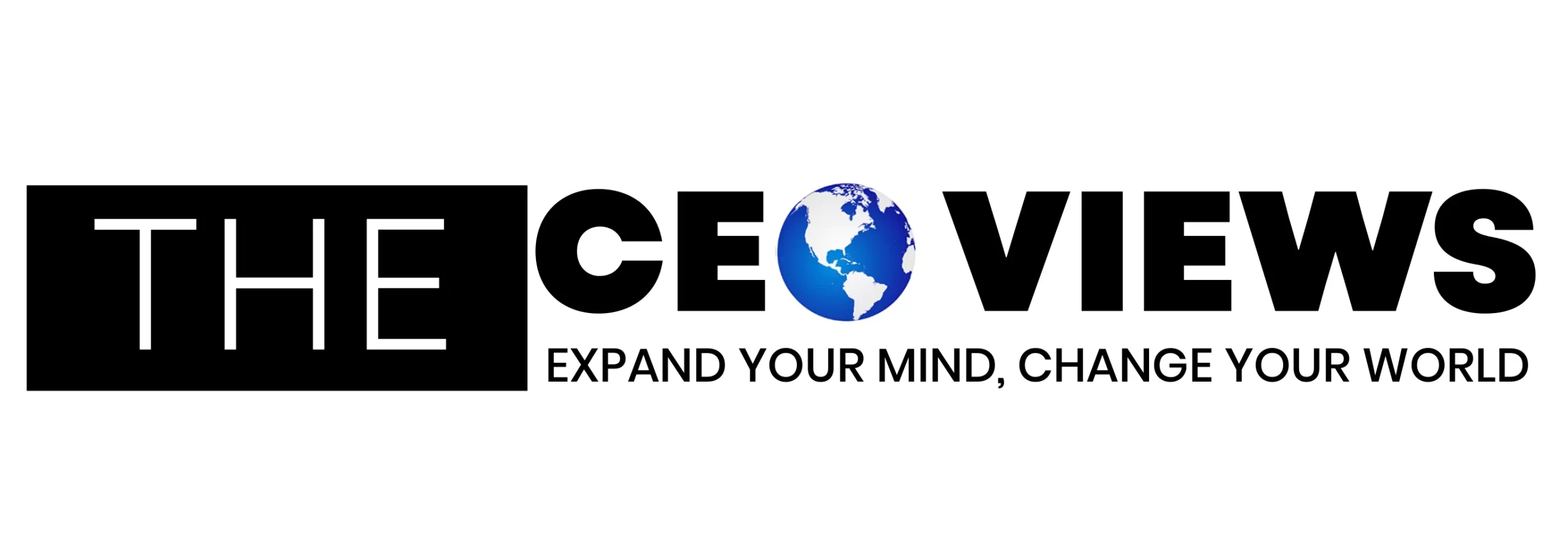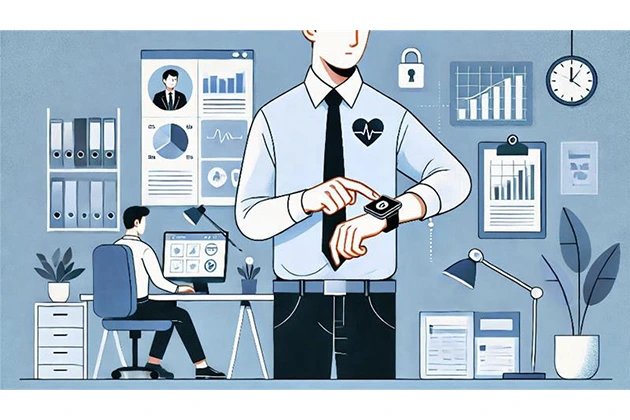Technology is transforming how businesses prioritize health and safety. Emotional well-being is now seen as a critical piece of workplace success.
Tools of all types are both boosting productivity and allowing organizations to show genuine care for employees’ overall wellness.
What drives this shift? And how can these advancements make a lasting impact? Let’s explore the role technology plays in shaping healthier workplaces today.
Image Source: Microsoft Designer
How Wearables Monitor Mental Health in Real-Time
Wearable devices are typically discussed in terms of step tracking. However, they can also promote emotional well-being in the workplace.
These gadgets do this by providing valuable insights into stress levels, sleep quality, and heart rates throughout the day. Employers can use aggregated data to identify patterns that might signal mental strain across teams, using them as part of a wider IoT setup intended to simplify core management processes.
For instance, smartwatches can track:
- Sleep cycles to spot signs of exhaustion
- Heart rate variability to measure stress responses
- Activity levels that reveal movement habits linked to mood
Employees benefit from immediate feedback on their physical state, giving them actionable suggestions for relaxation or mindfulness exercises when stress runs high.
The impact grows when workplaces incorporate wearables into larger wellness programs. Catalyzing awareness through real-time feedback loops lets organizations help employees become more productive without overstretching themselves.
Employee Safety Apps That Reduce Stress at Work
Safety apps are moving beyond physical security. They now play a key role in easing workplace stress and supporting emotional well-being. These tools combine convenience with functionality, allowing employees to feel safer and more in control throughout their workday.
Features include:
- Panic buttons for emergencies that instantly notify support teams
- Anonymous reporting options for harassment or unsafe situations
- Location-based alerts about environmental risks or hazards
These apps can help reduce the anxiety tied to unpredictable situations by directly addressing safety concerns. Employees can focus better when they know there’s a reliable system backing them up in moments of need.
Businesses must still account for all eventualities, of course. So having access to certified crime scene cleaning services in the case that security measures are breached or staff apps falter is an example of what proper preparation looks like.
Virtual Counseling Platforms for Workplace Support
Traditional workplace support often fell short of addressing mental health challenges. Virtual counseling platforms are changing this, offering easy access to professional help when it’s most needed.
These tools provide employees with confidential spaces to talk through their struggles, reducing the stigma tied to seeking help. Available 24/7 and accessible from anywhere, they remove barriers like scheduling conflicts or commuting stress.
Key benefits include:
- Instant matching with licensed therapists based on individual needs
- Interactive sessions via video calls or chat options for flexibility
- Self-guided modules that teach coping strategies
Organizations adopting these platforms create healthier environments by encouraging proactive mental health management. Employees feel supported without stepping away from work completely. This ensures issues are addressed before escalating into burnout or absenteeism while earning trust in company leadership’s care initiatives.
Preventing Burnout Through AI-Powered Analytics
Burnout is a growing issue, with an annual economic cost of over $500 billion, but AI-powered tools are helping companies identify and manage it before it takes root. These technologies analyze patterns in workload, communication habits, and overall performance metrics to flag potential risks early.
Processing data objectively lets them remove guesswork from recognizing signs of emotional strain. Teams can intervene proactively instead of reacting after the damage is done.
These systems help by:
- Monitoring overtime hours to pinpoint overworked employees
- Analyzing email or messaging trends that suggest disengagement or frustration
- Offering predictive insights based on employee wellness surveys
Managers receive clear guidance for supporting team members who may be struggling without unfairly excluding anyone. Combined with action plans like flexible work schedules or targeted counseling services, this approach empowers workplaces to reduce burnout while promoting balance and productivity long-term.
Final Thoughts
Technology is redefining how businesses address emotional well-being, while in turn being influenced by demands from the business sector. From wearables to virtual platforms, tools designed to monitor and support mental health are shaping healthier workplaces that prioritize employee care.
Investing in these advancements is only partly about improving morale. It’s also a practical strategy for enhancing productivity and creating environments where employees thrive mentally and emotionally. With the right tech solutions, organizations can build stronger teams equipped for challenges today and tomorrow.










